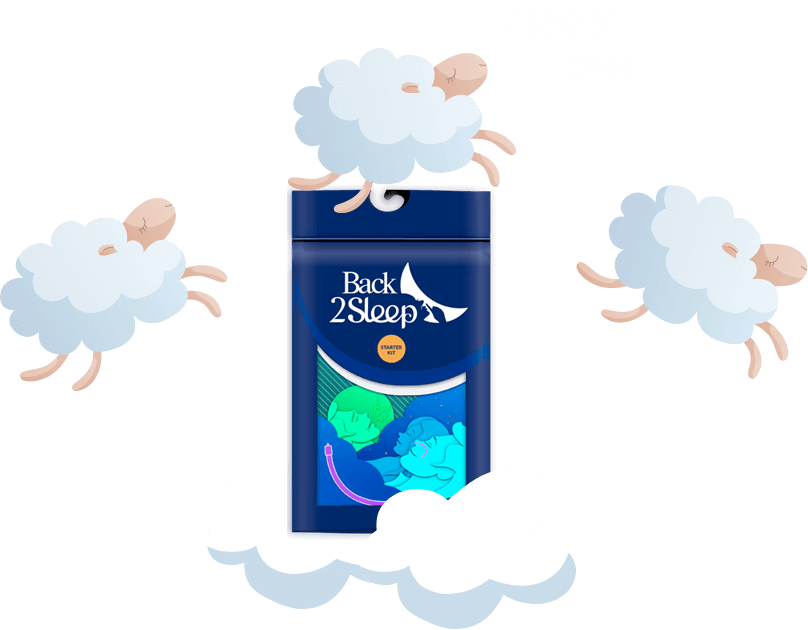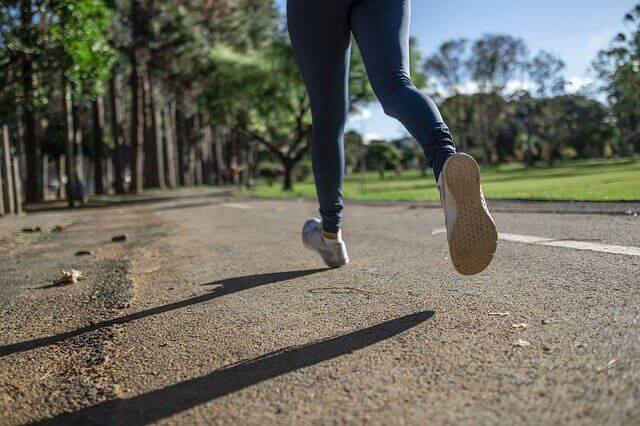L'apnea ostruttiva del sonno è un disturbo respiratorio che si verifica durante il sonno. Si manifesta con interruzioni involontarie della respirazione durante la notte.
Le conseguenze della apnea notturna sono numerose, che vanno dalla semplice stanchezza durante il giorno alla sonnolenza diurna cronica e mal di testa che possono diventare vere emicranie.< /p>
Nei casi più gravi, l'apnea del sonno può portare a malattie relativamente gravi come patologie legate a disturbi cognitivi, come il morbo di Alzheimer >, e persino al cancro secondo alcuni studi. È quindi imperativo trattare questo disturbo respiratorio del sonno!
Ora sono disponibili diverse terapie per combattere l'apnea del sonno. Dall'apparecchiatura alla chirurgia fino all'assunzione di farmaci, queste terapie sono molto efficaci. Sfortunatamente, hanno un grande svantaggio che può rapidamente dissuadere le persone dal seguire il trattamento: sono molto invasive.
Sottoporsi a un intervento chirurgico può spaventare, e indossare un respiratore di notte può essere molto scomodo. Molte persone con apnea del sonno preferiscono iniziare con terapie più leggere, naturali e meno invasive.
Studi scientifici mostrano che l'apnea del sonno è spesso legata a un problema di sovrappeso. Perdere chili è spesso il modo migliore per ridurre questo disturbo respiratorio.
Oltre a essere fortemente raccomandata dai dietisti per la perdita di peso, l'attività fisica moderata e regolare è un modo molto efficace per combattere e migliorare il sonno sia quantitativamente che qualitativamente..
Come la pratica dell'attività fisica riduce l'apnea del sonno?
Uno dei principali fattori di rischio nell'insorgenza dell'apnea del sonno è essere in sovrappeso. Infatti, la maggior parte delle persone con apnea ostruttiva del sonno è obesa.
Il primo consiglio dei medici per ridurre l'apnea del sonno è quindi perdere peso. L'attività fisica è nella maggior parte dei casi prescritta prima di avvicinarsi ad altri possibili metodi e terapie. La perdita di peso ottenuta attraverso la pratica dell'attività fisica molto spesso permette di superare questo disturbo respiratorio del sonno. Inoltre, l'apnea del sonno si verifica spesso a causa di un'ostruzione legata a uno spessore anomalo delle vie aeree superiori.
È stato dimostrato che la pratica dell'attività fisica favorisce la riduzione di questo spessore agendo sulla regolazione dei liquidi corporei. Inoltre, si riscontra che l'esercizio regolare può diminuire significativamente l'indice di apnea-ipopnea (AHI). Questo è un indicatore che valuta la gravità dell'apnea del sonno in un paziente.
A seguito di questa diminuzione dell'apnea, si verifica un rapido miglioramento sintomatico: meno stanchezza e sonnolenza durante il giorno, meno mal di testa e rischi cardiovascolari significativamente ridotti.
Quindi non esitate a praticare quotidianamente un'attività sportiva che vi piaccia. Corsa, ciclismo, nuoto o anche camminare! Questo aumenterà le vostre possibilità di respirare meglio durante il sonno notturno per beneficiare di tutta la vostra energia durante il giorno!
Scopri di più:








